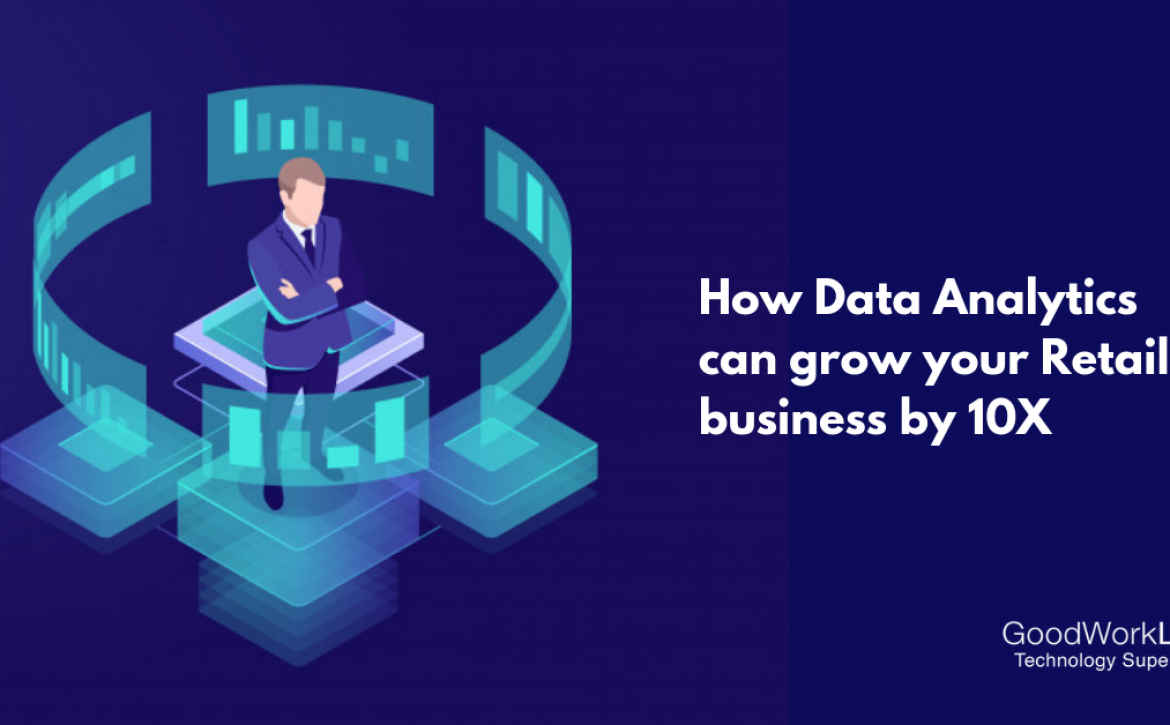Integrating AI into E-Commerce Apps: Enhancing User Engagement and Sales
Introduction
In today’s rapidly evolving digital landscape, e-commerce businesses are leveraging Artificial Intelligence (AI) to revolutionize user engagement and drive sales. By integrating AI into e-commerce apps, companies can offer personalized experiences, optimize operations, and stay ahead of the competition.
GoodWorkLabs, a leading software development company based in Bangalore, specializes in creating AI-powered e-commerce solutions that enhance customer engagement and boost sales. Their expertise in AI and machine learning enables businesses to harness the full potential of these technologies in their e-commerce platforms.
The Role of AI in E-Commerce
Personalized Product Recommendations
AI algorithms analyze user behavior, preferences, and purchase history to provide personalized product recommendations. This not only enhances the shopping experience but also increases the likelihood of conversions. For instance, companies like Amazon and Flipkart utilize AI to suggest products tailored to individual users, leading to significant boosts in sales.
Dynamic Pricing Strategies
AI enables dynamic pricing by analyzing market trends, competitor pricing, and customer behavior in real time. This allows e-commerce platforms to adjust prices dynamically, ensuring competitiveness and maximizing profits. Retailers employing dynamic pricing strategies have reported substantial increases in revenue and customer engagement.
Visual Search Capabilities
Visual search powered by AI allows customers to search for products using images instead of text. This feature enhances user experience by making product discovery more intuitive and efficient. Platforms like Pinterest and Clarifai have successfully integrated visual search, leading to improved customer satisfaction and increased sales. In the watch industry, for example, brands like Tissot could leverage visual search to help customers quickly find specific models or styles based on an uploaded image.
AI-powered chatbots and Virtual Assistants
AI-driven chatbots provide instant customer support, handle inquiries, and assist in the purchasing process. These virtual assistants are available 24/7, improving customer service and freeing up human resources for more complex tasks. Retailers like H&M have implemented AI chatbots to enhance customer interactions and streamline the shopping experience.
GoodWorkLabs: Pioneering AI Integration in E-Commerce
GoodWorkLabs stands out as a premier software development company specializing in AI integration for e-commerce applications. Their comprehensive services include:
-
Custom AI Solutions: Developing tailored AI algorithms for personalized recommendations, dynamic pricing, and customer segmentation.
-
Advanced Chatbot Development: Creating intelligent chatbots that enhance customer support and engagement.
-
Visual Search Implementation: Integrating visual search features to improve product discovery and user experience.
-
Predictive Analytics: Utilizing AI to forecast demand, manage inventory, and optimize supply chain operations.
With a focus on innovation and excellence, GoodWorkLabs empowers e-commerce businesses to harness AI’s capabilities effectively.
Benefits of AI Integration in E-Commerce
Enhanced Customer Engagement
Personalized experiences and efficient customer service foster deeper connections with users, leading to increased loyalty and repeat purchases.
Increased Sales and Revenue
Generative AI in eCommerce is transforming AI-driven strategies like personalized recommendations and dynamic pricing, directly boosting conversion rates and average order values.
Operational Efficiency
Automation of tasks such as inventory management and customer support reduces operational costs and improves overall efficiency.
Competitive Advantage
Early adoption of AI technologies positions e-commerce businesses ahead of competitors, offering unique features and superior customer experiences.
Implementing AI in Your E-Commerce Platform
To successfully integrate AI into your e-commerce application, consider the following steps:
-
Assess Business Needs: Identify areas where AI can add value, such as personalization, customer service, or inventory management.
-
Partner with Experts: Collaborate with experienced developers like GoodWorkLabs to design and implement AI solutions tailored to your business.
-
Data Collection and Analysis: Ensure robust data collection mechanisms are in place to feed AI algorithms with accurate and relevant information.
-
Continuous Monitoring and Optimization: Regularly evaluate AI performance and make necessary adjustments to optimize outcomes.
Conclusion
Integrating AI into e-commerce applications is no longer a luxury but a necessity for businesses aiming to enhance user engagement and drive sales. With the expertise of companies like GoodWorkLabs, implementing AI solutions becomes a seamless process, unlocking new opportunities for growth and customer satisfaction.
Ready to revolutionize your e-commerce platform with AI?
Contact GoodWorkLabs Today to explore customized AI solutions tailored to your business needs.
Discover Our Services:
















